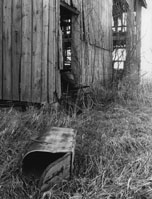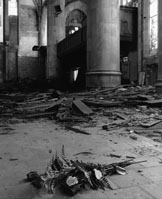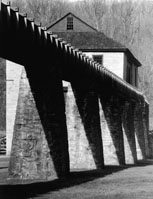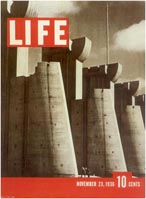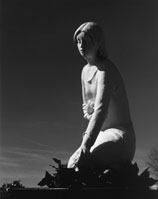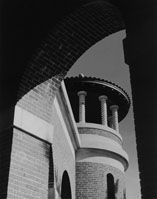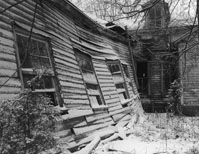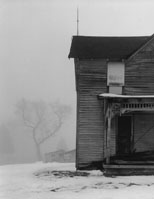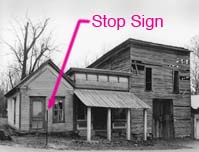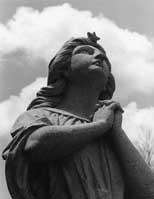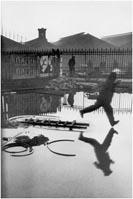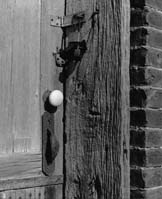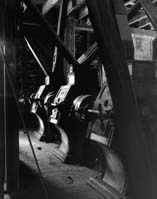You can learn a great deal about photography, techniques for taking pictures, and the mindset of how to take a good picture, by reading about the lives of photographers, and it can be either autobiography or biography. It’s an interesting fact that creative people are often creative in more than one area. In fact, there are a number of great photographers who are also accomplished writers. Margaret Bourke-White, who got one of her images on the first cover of Life magazine (see Photo Tip #15),wrote a very good autobiography, Portrait of Myself. Debora Copaken Kogan wrote a memoir about love and war, from a photojournalist’s point of view, in Shutterbabe. One of the most prolific and all-round artists is Gordon Parks. A premiere photographer, Parks also directed the move Shaft, composed music, and authored nearly 2 dozen books. My favorite is A Choice of Weapons.
|
Good biographies include Mapplethorpe by Patricia Morrisroe, Diane Arbus by Patricia Bosworth, and Edward Weston: His Life by Ben Maddow. Wright Morris is best known as a writer, but I have a really nice collection of his photographs in a book titled Distinctly American. Eudora Welty, another writer, also has published some great photograph books, of which I particularly like Country Churchyards. There are also some fine books containing biographical material about several photographers, such as Life Photographers: What they Saw by John Loengard, and Seeing America: Women Photographers Between the Wars, by Melissa A. McEuen.
|

